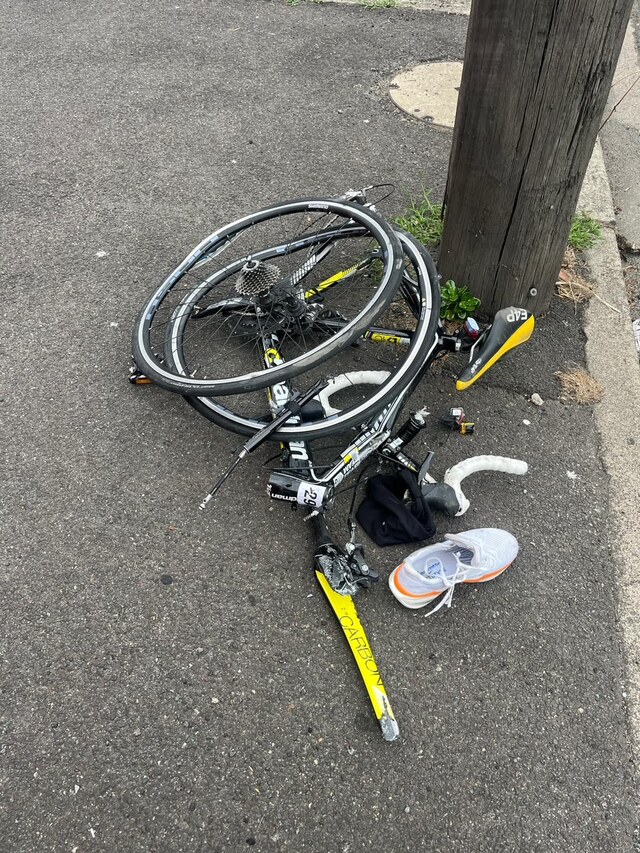EXCLUSIVE: Noise and air pollution continues to plague Yarraville’s Francis
Street more than a decade after testing first confirmed the extent of the problem.
A 12-month Environment Protection Authority (EPA) study has backed
residents’ claims of excessive noise levels and pollution levels higher
than other areas in Melbourne.
Noise levels were “high enough to cause annoyance and disturb
speech and sleep” and small particle (PM2.5) levels were found to breach
the annual advisory reporting standard.
The findings come as VicRoads 2013 truck-count data, released following requests by the Weekly, revealed rises and falls in truck traffic across Maribyrnong and Hobsons Bay roads.
WHAT DO YOU THINK? Post a comment below
The Francis Street Truck Curfew Study, undertaken in March, showed
a rise in the number of trucks and other vehicles on large sections of
Buckley Street, Hyde Street, North Road, Melbourne Road and Williamstown
Road north of the West Gate Freeway and Somerville Road.
Truck traffic drops were registered on Somerville Road, Moore
Street, Williamstown Road south of Somerville Road, Simcock Avenue and
Francis Street.
Truck volumes have jumped 18 per cent on Francis Street west
of Williamstown Road since 2002, but dropped by 82 per cent during
curfews. East of Williamstown Road truck numbers have dropped 15 per
cent since 2002 and 47 per cent during curfews.
Noise levels have nevertheless risen since 2001, prompting calls for greater measures to protect residents.
EPA chief John Merritt said the report would help develop
short-term actions with other government agencies and Maribyrnong
council.
“This is an issue that goes back a long way with residents with concerns about air quality around Francis Street,” he said.
Mr Merritt said the authority had not yet considered a health
study, but the Department of Health had been provided with the report.
Maribyrnong Truck Action Group president Samantha McArthur said a
health study was the logical next step given Maribyrnong’s high rates of
hospitalisation due to respiratory problems.
Ms McArthur also criticised the averaging of results over 24 hours, arguing it failed to show the impact on residents.
“In 2001 the noise levels were well beyond where they should be,
and in 2013 we are seeing exactly the same thing. Monitoring is nothing
without action.”







